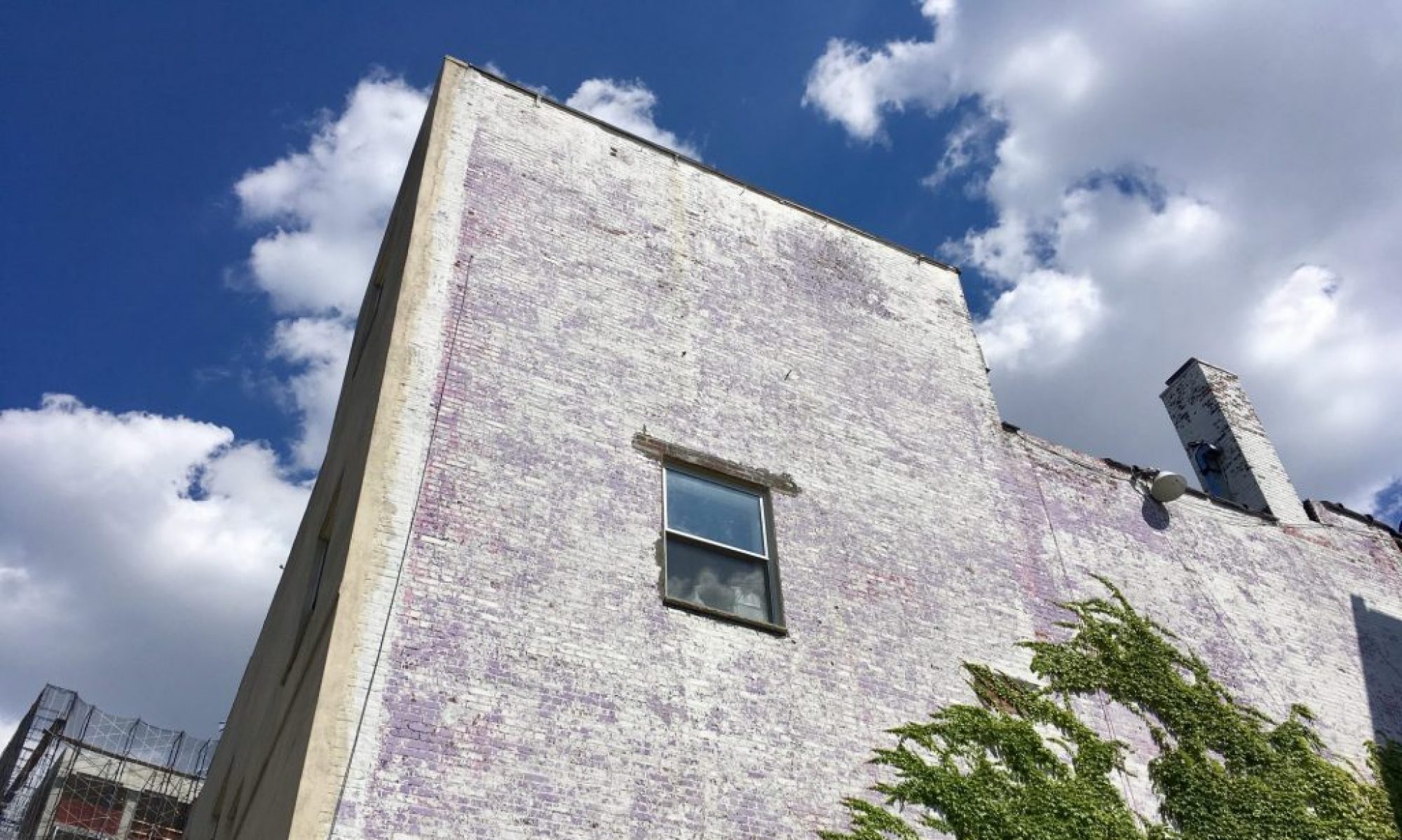![]() As budget battles this last spring pointed out, public radio doesn’t appeal to everybody. You could even say it’s getting old. A recent demographics report put the average NPR on-air listener age at 50. And sure, the online listener audience leans younger, but they still have a 58% higher rate of college graduation than the typical American population. Public radio needs to reach a larger audience, not because it’s the politically correct thing to do, but because otherwise it might not survive.
As budget battles this last spring pointed out, public radio doesn’t appeal to everybody. You could even say it’s getting old. A recent demographics report put the average NPR on-air listener age at 50. And sure, the online listener audience leans younger, but they still have a 58% higher rate of college graduation than the typical American population. Public radio needs to reach a larger audience, not because it’s the politically correct thing to do, but because otherwise it might not survive.
The Association of Independents in Public Radio (AIR) recently asked members for “one big idea for how independent producers and stations can work together to blend broadcast and digital media tools to expand the tentacles of public radio stations into the local community.” These were my thoughts:
In urban America people live in cities, but identify with neighborhoods. Whether they link people by common interest, income, or immigration history, neighborhoods provide residents with a sense of belonging. Public radio stations could give nod to a wider range of identities in their local community with more neighborhood-minded coverage. Stations often excel at covering the city’s news and trend stories, but often miss out on coverage of lower-profile, but still compelling, community happenings. How to fix this problem? Think of the listener area as a collection of neighborhoods, each deserving of air time.
Here’s the idea:
1) Take advantage of the skills and locality of independent radio producers to spin intimate neighborhood stories.
While most station reporters follow news-driven beats, independent producers often seek out more documentary style pieces. This narrative-driven mentality lends itself well to finding and telling the stories hidden within under-represented neighborhoods. Possible neighborhood story subjects could include a profile of a local immigrant opening his first business in the US, or coverage of the efforts of teenagers preparing for a neighborhood’s Afro-Peruvian dance competition.
Stations typically lean towards stories from within their immediate vicinity, even though their listening audience may extend a few cities out. They can better reflect their full listener area by utilizing independent reporters with intimate knowledge of remote neighborhoods.
2) Avoid exoticism of minority voices
This step is key to the station’s credibility when covering people and events from under-represented neighborhoods. If a story comes off as a tourist guide to the “other” part of town, stations give the impression they’re not considering residents of that part of town as members of their audience. Stations need un-exoticized coverage of under-represented neighborhoods by reporters in those neighborhoods (likely independents), to prove they want to be a part of every community.
3) Encourage listenership in neighborhoods where people may not feel that public radio represents them
People like to hear about themselves. They’re more likely to listen to a public radio station if it reflects their lives. Let residents of under-represented neighborhoods know the station wants to appeal to them by coming out to events like a school play, a block party, a Little League game, or an outdoor concert. Just seeing a reporter there, and hearing a few lively sound bites from the event on the radio, assures people at the events that the station cares about them as members of their audience.
4) Map it online
Stations could add an interactive local map to their website pinning each reported story to its locale. Listeners could then click their neighborhood to link to stories covering their home turf. Besides proving to listeners that the station concerns itself with events all over the region, the map would also help to hold stations accountable to diverse geographic coverage. If a station was missing coverage from one area of town, the linked map would show an obvious hole in coverage over those neighborhoods.
